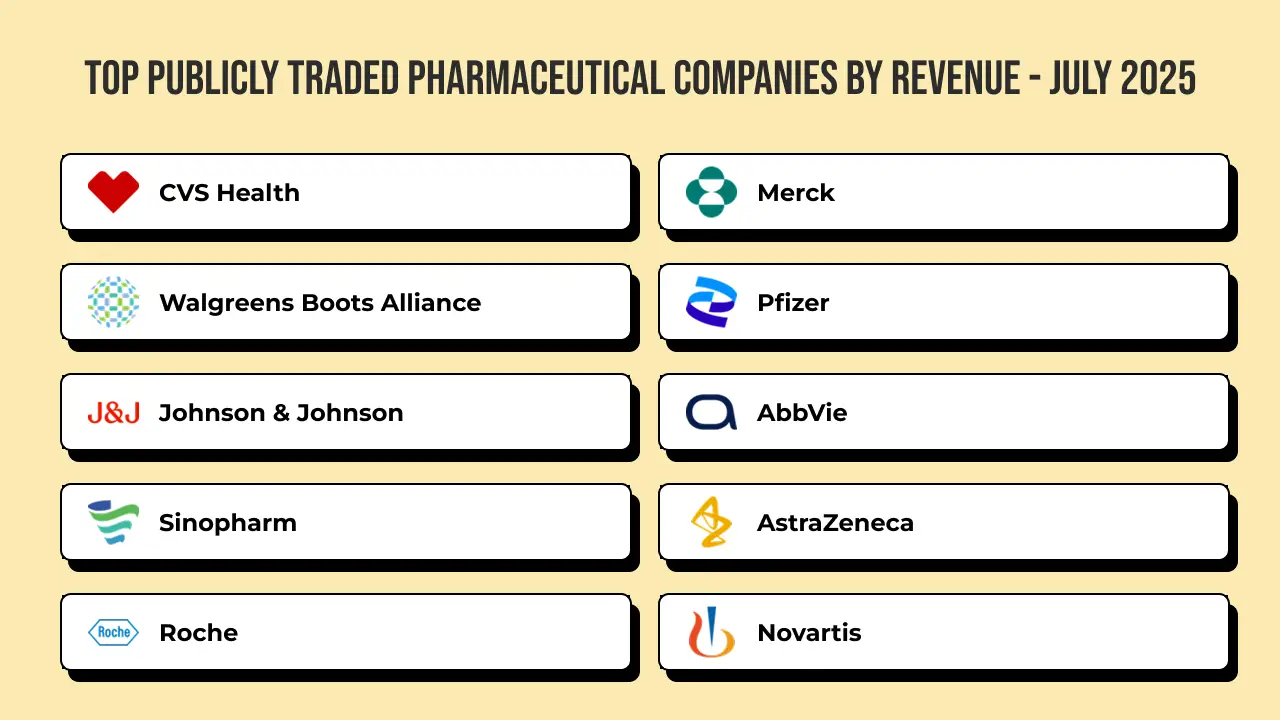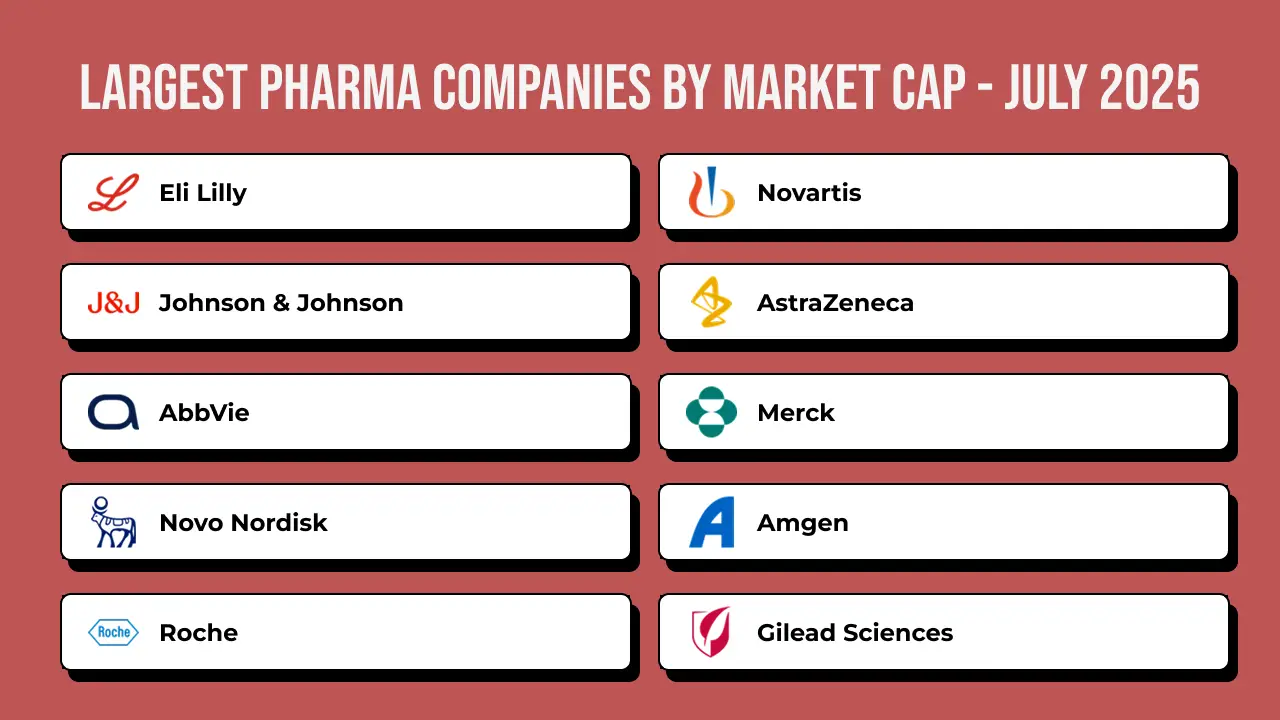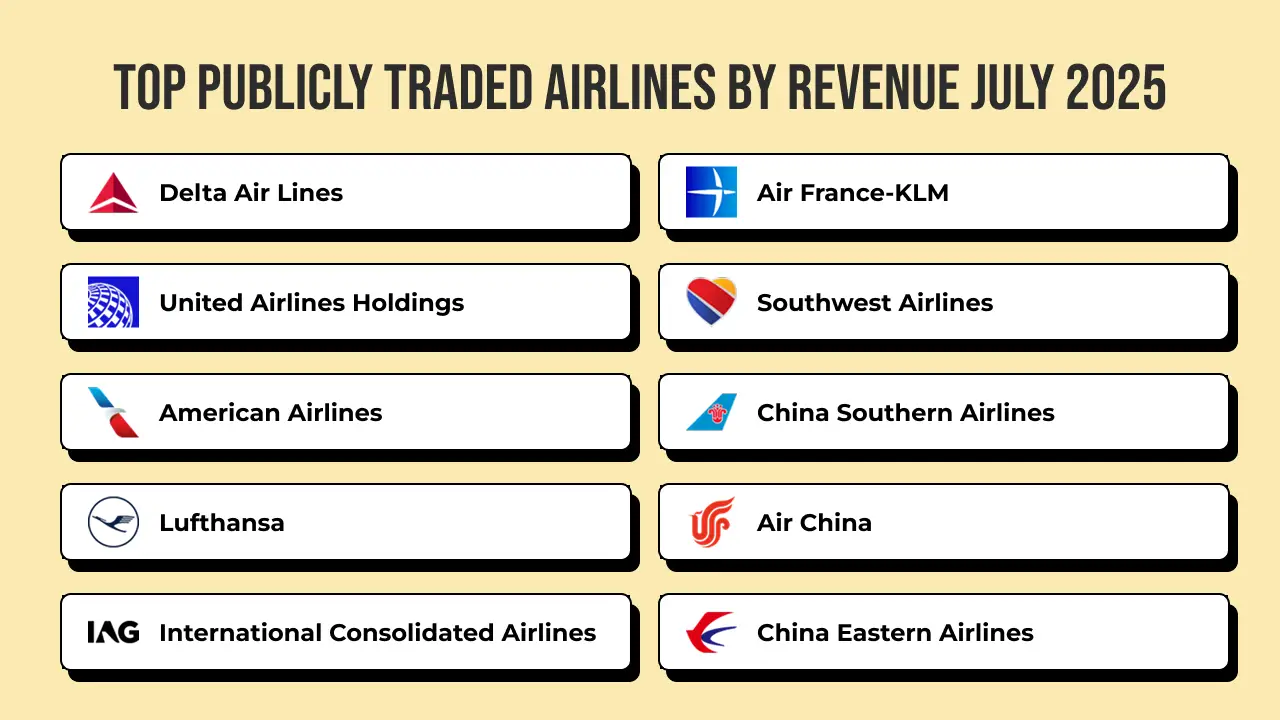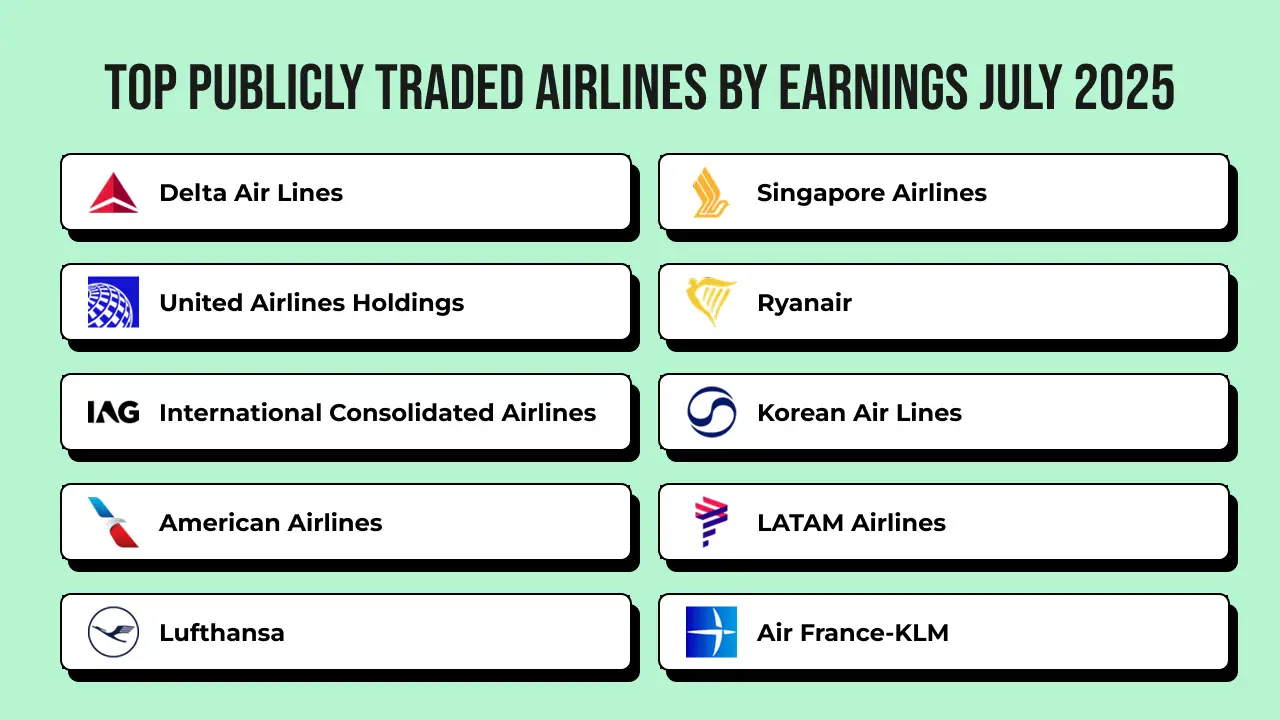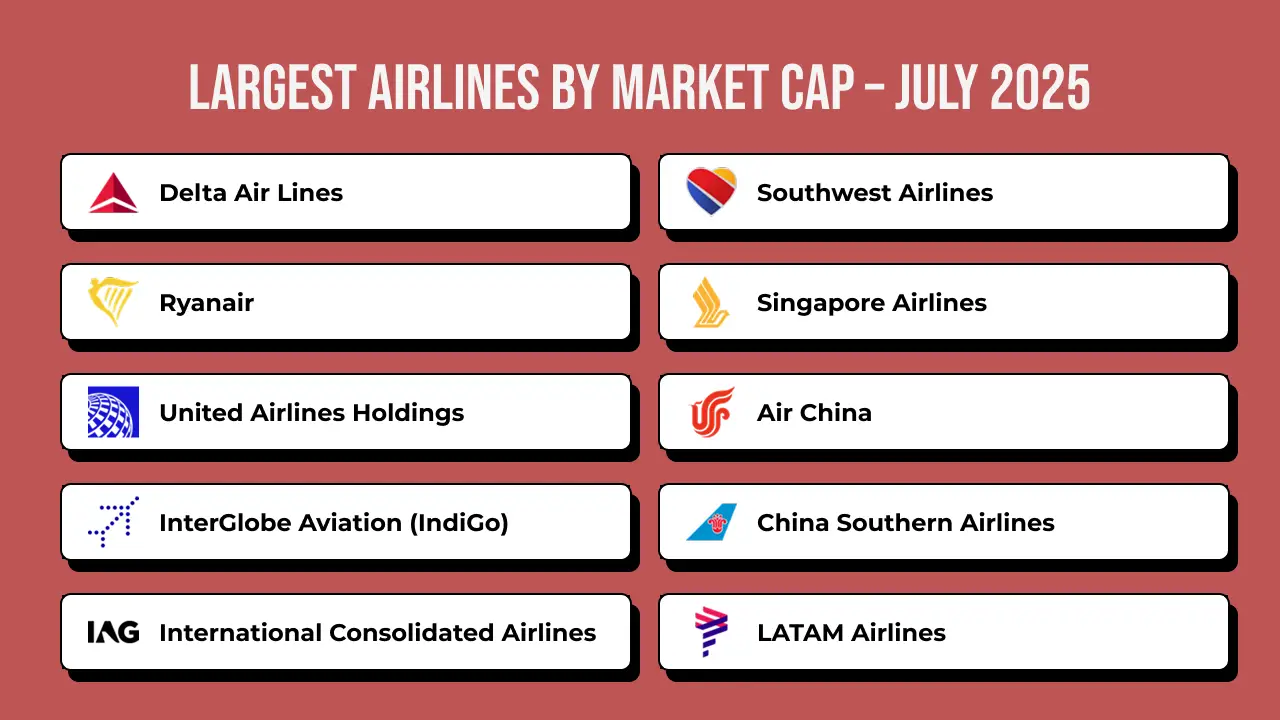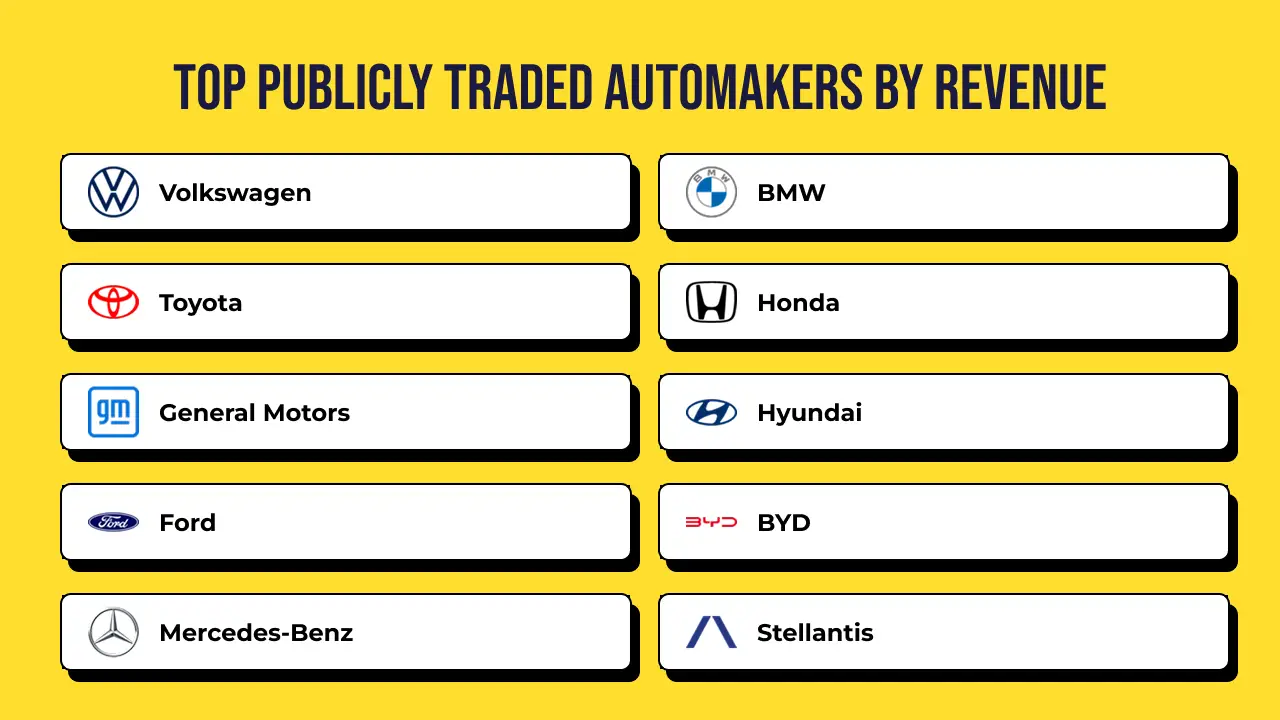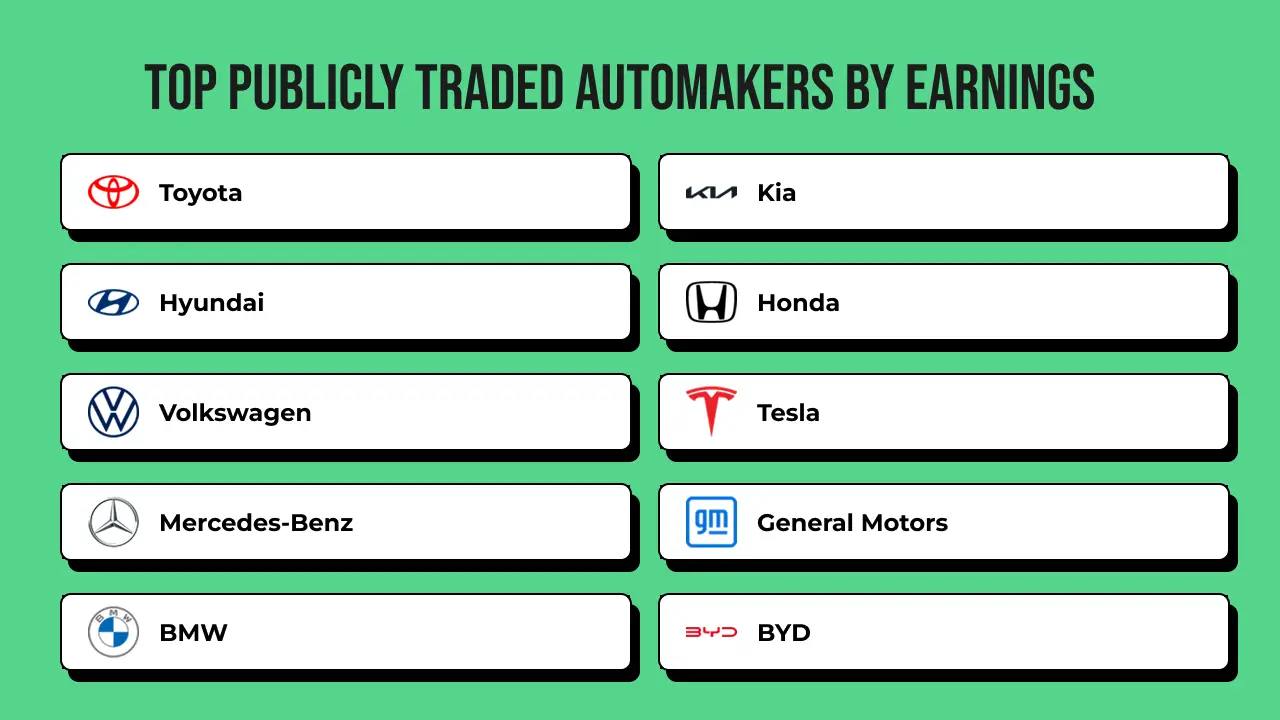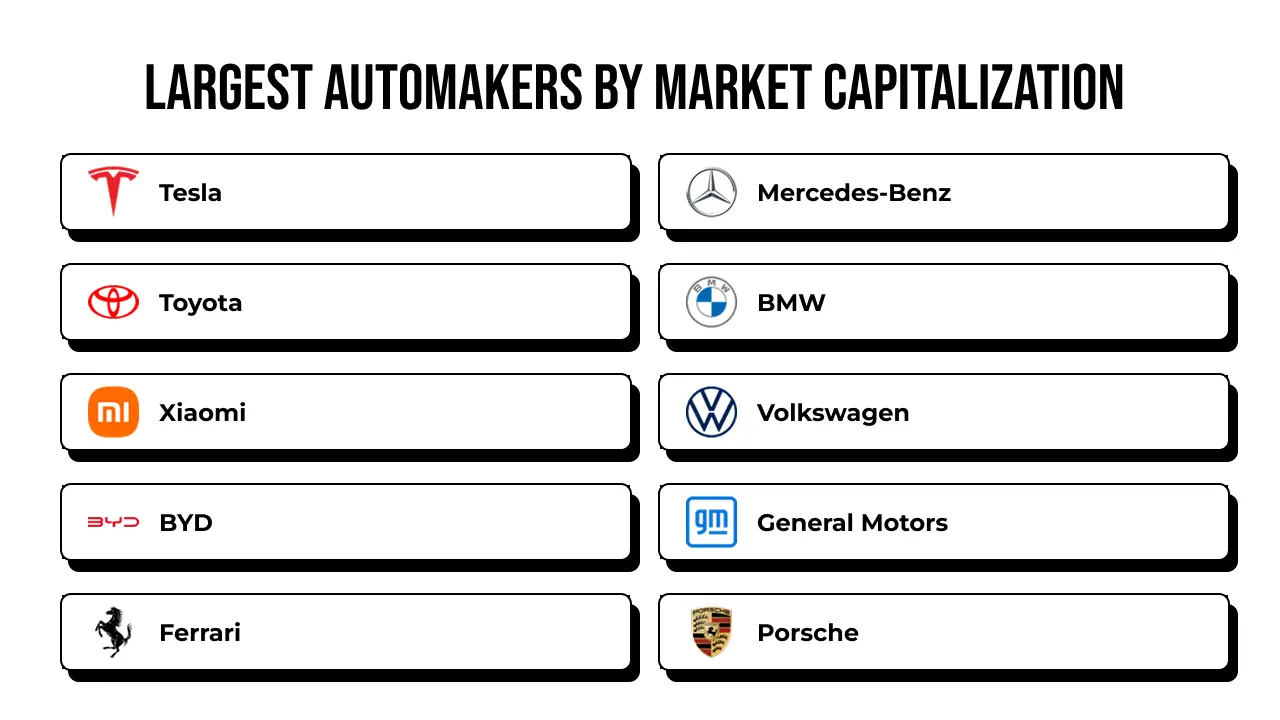I find the cloud computing market fascinating because it’s growing at an incredible pace, driven by businesses’ need for scalable and cost-effective solutions. As of 2025, the global cloud computing market is valued at approximately $680 billion, with projections estimating it will reach $1.4 trillion by 2030, growing at a compound annual growth rate (CAGR) of around 15.7%. This surge is fueled by the increasing adoption of digital transformation strategies across industries, from small startups to large enterprises. The demand for remote work solutions, big data analytics, and artificial intelligence (AI) integration has significantly contributed to this growth. Additionally, the shift from traditional on-premises IT infrastructure to cloud-based systems has allowed companies to reduce capital expenditure while enhancing operational efficiency. My observation is that economic uncertainties, such as inflation or supply chain disruptions, have not slowed this market’s momentum, as businesses see cloud solutions as a way to stay agile and competitive. The numbers reflect a clear trend: organizations are prioritizing flexibility and innovation, making cloud computing a cornerstone of modern business infrastructure.
When I look at the market’s segments, the cloud computing landscape breaks down into service models like Infrastructure as a Service (IaaS), Platform as a Service (PaaS), and Software as a Service (SaaS), alongside deployment models such as public, private, and hybrid clouds. Among these, SaaS holds the largest share, accounting for roughly 50% of the market in 2025, due to its accessibility and ease of use for businesses of all sizes. SaaS solutions, like customer relationship management (CRM) tools or collaboration platforms, allow companies to deploy software quickly without heavy upfront investments. IaaS follows closely, driven by the need for scalable computing resources, especially in industries like finance and healthcare. PaaS, while smaller, is gaining traction for supporting custom application development, particularly for AI and machine learning projects. Hybrid cloud deployments are also on the rise, as they offer a balance between security and scalability, appealing to enterprises with sensitive data. What stands out to me is how SaaS dominates because it meets immediate business needs with minimal complexity, but IaaS and hybrid clouds are catching up as companies prioritize customization and data control.
The competitive landscape of cloud computing is dominated by a few key players, with Amazon Web Services (AWS), Microsoft Azure, and Google Cloud Platform (GCP) leading the pack. AWS holds the top spot, commanding about 32% of the market share in 2025, thanks to its extensive service offerings and global network of data centers. Microsoft Azure follows with around 20%, excelling in enterprise integration and hybrid cloud solutions. Google Cloud, with a 10% share, is carving out a niche in AI and data analytics. Other notable players include IBM Cloud and Alibaba Cloud, which are strong in specific regions and industries. I’ve noticed that AWS’s early mover advantage and constant innovation keep it ahead, but Azure’s focus on enterprise clients and Google’s AI expertise make the competition fierce. Smaller providers, like Oracle and Salesforce, also contribute by targeting niche markets, but the big three dominate due to their scale, reliability, and continuous investment in cutting-edge technologies.
Geographically, the cloud computing market is thriving in several key regions, with the United States leading the charge, contributing over 40% of global revenue in 2025. The U.S. benefits from its robust tech ecosystem, home to major providers like AWS and Microsoft, and a high adoption rate among enterprises. China follows as the second-largest market, driven by massive investments in digital infrastructure and companies like Alibaba Cloud. Europe, particularly Germany and the United Kingdom, is another significant hub, with a focus on data privacy and compliance driving adoption. India is emerging as a fast-growing market, fueled by its booming IT sector and government initiatives like Digital India. What strikes me is how the U.S. and China dominate due to their scale and innovation, but Europe’s emphasis on regulations like GDPR and India’s rapid digitalization highlight diverse growth drivers. Smaller markets, like Japan and Singapore, are also notable for their advanced tech adoption and strategic investments in cloud infrastructure.
The latest innovations in cloud computing are reshaping how businesses operate, and I’m particularly excited about trends like serverless computing and AI-driven cloud services. Serverless architectures, like AWS Lambda, allow developers to run code without managing servers, reducing costs and improving scalability. Another major trend is the integration of AI and machine learning into cloud platforms, with tools like Google Cloud’s AI Platform enabling businesses to build predictive models seamlessly. Edge computing is also gaining momentum, bringing data processing closer to end-users for faster performance, especially in IoT applications. Additionally, zero-trust security models are becoming standard to protect cloud environments from evolving cyber threats. What I find most compelling is how these trends—serverless, AI integration, and edge computing—are not just incremental improvements but transformative shifts that make cloud solutions more efficient and accessible. The focus on sustainability, with providers committing to carbon-neutral data centers, also signals a forward-thinking approach to balancing growth with environmental responsibility.


